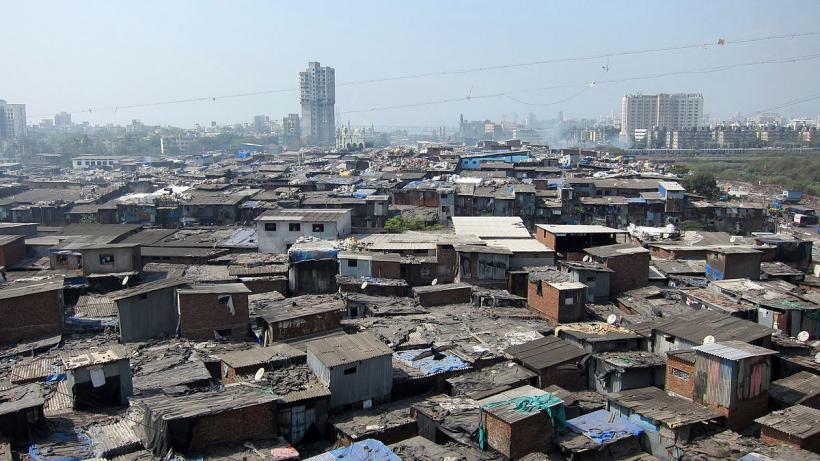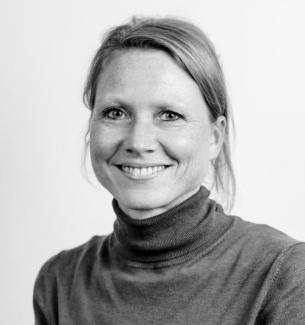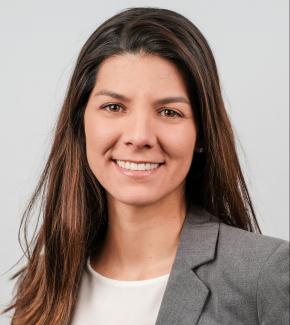
Coping with COVID-19 in slums: Evidence from India
-
Armand-et-al-2020-Final-report.pdf
PDF document • 2.35 MB
One of the most, if not the most, at-risk groups of COVID-19 is the urban poor, living in overcrowded conditions with very limited access to public (health) infrastructure. Along these hardships, misinformation about ways to prevent COVID-19 is widespread. In this study, we first evaluate slum dwellers’ ability to follow governments’ and scientists’ advise on mitigation strategies – such as handwashing, social distancing, and the shielding of elderly and vulnerable groups – given the hardships they face on a daily basis. We next study how to debunk fake news and combat misinformation in slums.
We conduct a field experiment in the context of slums in Lucknow and Kanpur, Uttar Pradesh, making use of mobile phone technology. We rely on previously collected census data of more than 30,000 households and newly collected surveys rounds through mobile phones for almost 4,000 randomly sampled households. We randomly allocate households to receiving a message from a doctor debunking fake news or not. In addition, we cross-randomize a low or high financial incentive to pay attention to the message through information technologies.
We find that due to the COVID-19 crisis, slum dwellers lost their livelihoods and experienced reductions in income. In addition, the majority of slum dwellers were not able to comply with lockdown measures, mostly because of the need to search for a job daily. Hygiene measures improve over time, while willingness to vaccinate decreases. The poorest population was hit the hardest, while those with better knowledge about how to prevent COVID-19 were able to protect better. The results from our experiment suggests that doctors’ messages debunking fake news about COVID-19 prevention, conditional on high financial incentives to pay attention, counter misinformation, increase the probability of sharing advice and information about how to prevent COVID-19 with others and self-isolation within slums.




